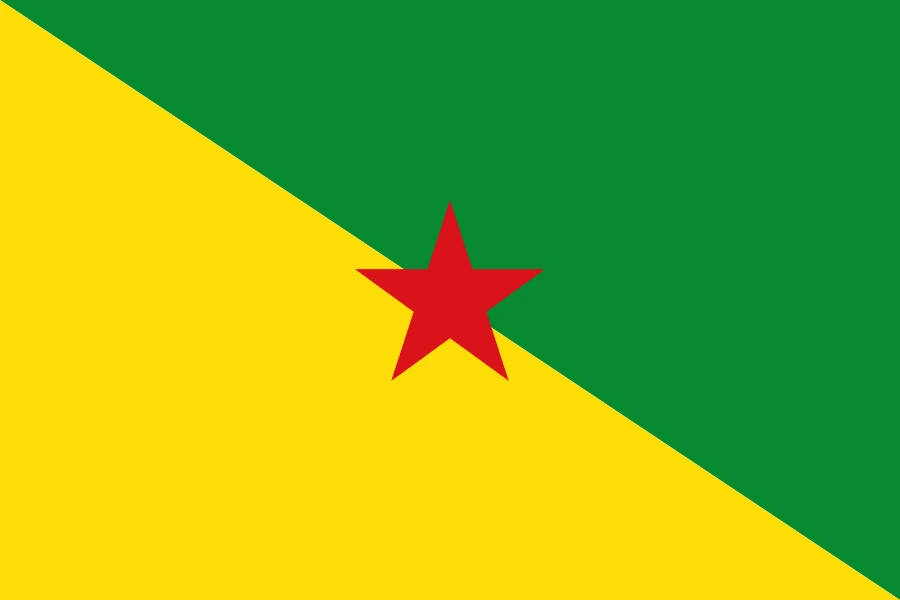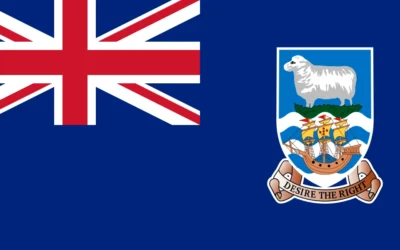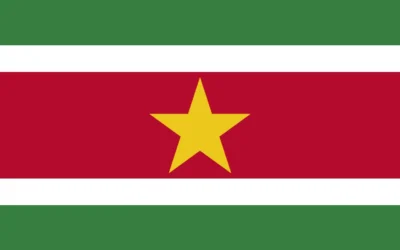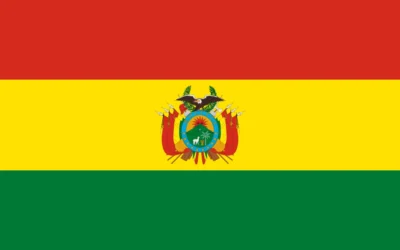French Guiana Travel Guide
Discover Why You Should Visit French Guiana
Why Visit French Guiana?
French Guiana offers a unique combination of European governance, Amazonian biodiversity, and a multicultural society. From rocket launches to pristine rainforests and rich Creole culture, it’s a destination unlike any other in South America. A perfect blend for eco-tourists, history buffs, and adventure travelers.
Ideal for: Space enthusiasts, nature lovers, cultural explorers.
Must-Know Facts
Capital/Major City: Cayenne
Language(s): French (official), Creole, Portuguese, Indigenous languages
Currency: Euro (EUR)
Best Time to Visit: August to November (dry season)
Fun Fact: French Guiana is an overseas department of France, making it part of the European Union and the only EU territory in South America
Top Things to Do
Tour the Guiana Space Centre in Kourou and witness a rocket launch
Discover Devil’s Island and its penal colony history
Explore the Amazonian Park of French Guiana for hikes and wildlife
Visit the markets, museums, and colonial architecture of Cayenne
Take a boat trip through the Maroni River to meet Indigenous and Maroon communities
Local Culture & Lifestyle
French Guiana is home to a dynamic mix of cultures including French, Creole, Maroon, Indigenous, Brazilian, and Hmong communities. This diversity is reflected in its cuisine, festivals, and daily life. The lifestyle blends European infrastructure with the rhythms of the rainforest.
Food & Drink Highlights
Street Food: Accras (fritters), bokit, grilled fish, cassava bread
Restaurants: Fricassee, smoked meats, Creole stews, Vietnamese and Brazilian dishes
Drinks: Ti’ punch, rum cocktails, fruit juices
Desserts: Mont blanc, coconut tart, papaya candy
Main Dish & Culinary Symbols
Signature Dish: Bouillon d’awara — a complex Creole stew made with the pulp of the awara fruit and various meats
Common Ingredients: Fish, cassava, hot peppers, tropical fruits, Creole spices
Culinary Culture: Strong French, Creole, and Amerindian influences with tropical ingredients
Symbols & Icons of the Area
Natural Icons: Amazon rainforest, Maroni River, Kaw swamp
Cultural Icons: Guiana Space Centre, Devil’s Island, Carnival in Cayenne
Hidden Gems & Off-the-Beaten-Path
Saül — remote village for rainforest trekking
Kaw Nature Reserve — known for caimans and birdwatching
Saint-Laurent-du-Maroni — historic town with prison relics
Cacao village — founded by Hmong refugees, known for Sunday markets
Shopping & Souvenirs
What to Buy: Handmade jewelry, Maroon textiles, Amazonian crafts, local rum
Where to Shop: Cayenne’s Place des Palmistes, local village markets, art cooperatives
Getting Around
Public Transport: Limited to Cayenne and surrounding areas
Driving: Essential for exploring beyond the capital
Boats: Frequently used to access upriver communities and reserves
Travel Tips
French Guiana is part of the EU, so visas may be required based on your nationality
Yellow fever vaccination is mandatory for entry
Many rural areas are only accessible by boat or small plane
Basic French is very helpful, especially outside the capital
Where to Stay
Budget: Guesthouses in Cayenne and Kourou
Mid-range: Small hotels near space center or in Saint-Laurent
Luxury: Eco-lodges along rivers or in forest reserves
Unique: Stays in Amerindian or Maroon villages
Sample 4-Day Itinerary
Day 1: Arrive in Cayenne, visit local markets and try Creole dishes
Day 2: Take a tour of the Guiana Space Centre and beaches in Kourou
Day 3: Explore Devil’s Island or visit Cacao village
Day 4: Jungle trek in Kaw swamp or fly to Saül for rainforest immersion






0 Comments